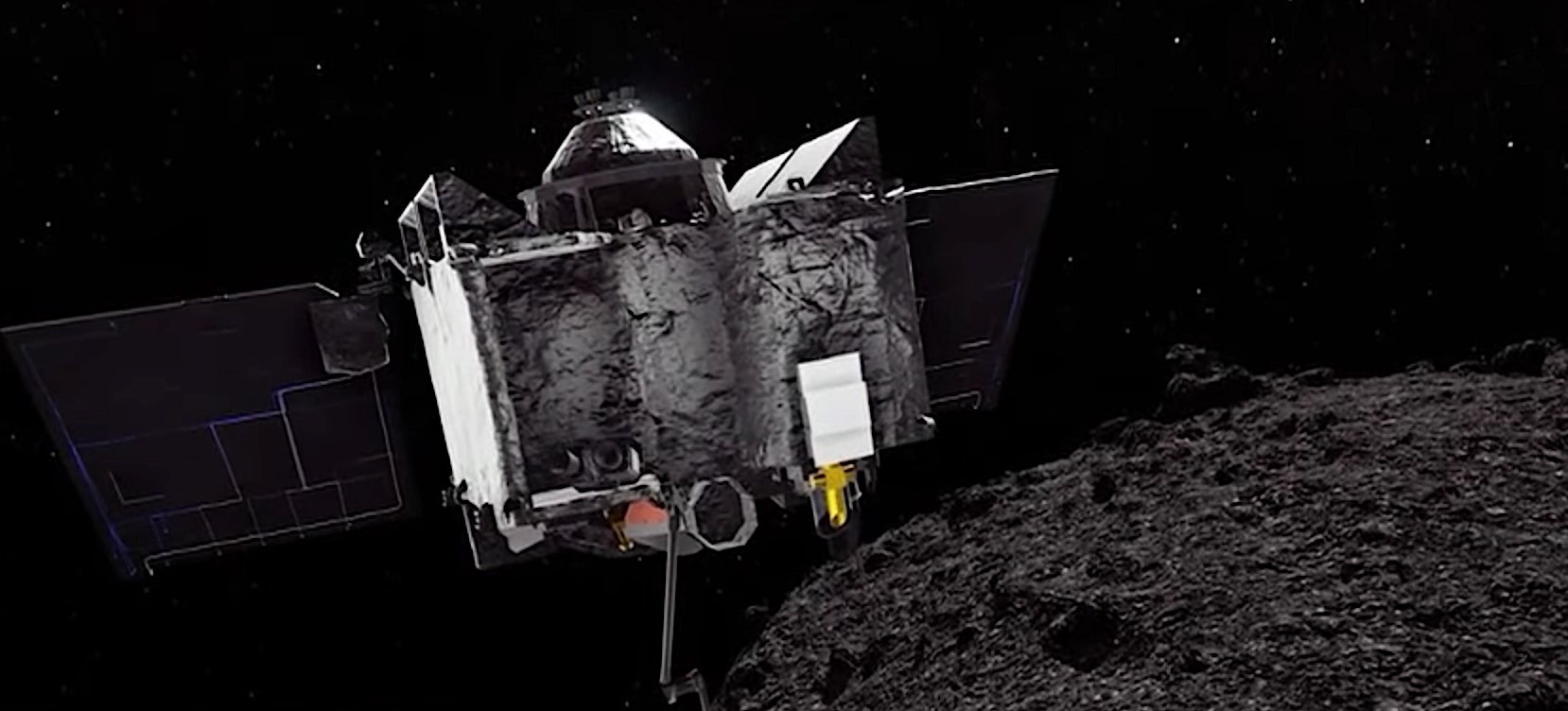
/cdn.vox-cdn.com/uploads/chorus_image/image/69717961/merlin_100071120.0.jpg)
Should the attempts fail, it’s unclear what might be tried to get the mole moving again the mission team admitting they have “few alternatives” left to try. If it is successful, the team may revert to using the scoop to once again compress the sides of the probe’s hole to try to provide it with further traction as it continues to dig down into the subsurface material. This latest effort to get the mole into the surface will take place in late February / early March.

However, in manipulating the lander’s robot arm and its scoop over the course of a year, engineers are confident they can avoid harming the tether. This means placing the scoop on the top end of the mole – an approach that has so far been avoided out of concerns to might damage the sensor tether as it emerges from the same end of the probe. The decision has been made to try to “push” the probe using the robot arm’s scoop. Since then, the probe’s progress has been a case of “three steps forward, two steps back”, making some progress into the ground and then bouncing back – a source of much frustration among the science team.Īfter a year with the mole more-or-less “stalled”, mission engineers have decided to take more direct action.

Initially, this approach worked, as I noted in Space Sunday: a mini-shuttle, Pluto’s far side & mole woes, but then the mole “bounced back”. When this failed, the decision was made push the scoop directly against the side of the probe, pinning it between scoop and hole wall to again give the probe the traction it needed. Credit: DLRīy mid-2019, engineers thought they had a solution: use the scoop at the end of the lander’s robot arm to compact the soil around the lip of hole in the hope of forcing sufficient material into the hole it would provide the traction the probe needed to drive itself forward. The HP3 “mole” showing the spring mechanism and “hammer” it drives into the ground.

At first it was thought it had hit solid bedrock preventing further motion then it was thought that the mole was gaining insufficient traction from the hole walls, on account of the fine grain nature of the material it was trying to move through. The mole has an internal hammering mechanism that is designed to drive it deeper into the ground, but this relies on friction against the material forming the walls of the hole it is creating – and this hasn’t been happening.Īfter a good initial start, the probe came to a halt with around 50% of its length embedded in the soil. This is one of two surface experiments InSight placed on Mars, and comprises a base module and a long, slender self-propelled probe called the “mole”, designed to “burrow” its way down into the the sub-surface to a depth of up to 5 metres, towing a sensor-laden tether behind it designed to measure the heat flow from the planet’s interior. In that time the lander has completed a lot of science, but one thing has remained an issue: the HP³ experiment. It’s now close to 15 months since NASA’s InSight lander arrived on Mars (see Space Sunday: insight on InSight for an overview of the mission and Space Sunday: InSight, MarCO and privately to the Moon for more on the mission and InSight’s Mars arrival). InSight’s scoop hovers over the HP3 mole.


 0 kommentar(er)
0 kommentar(er)
